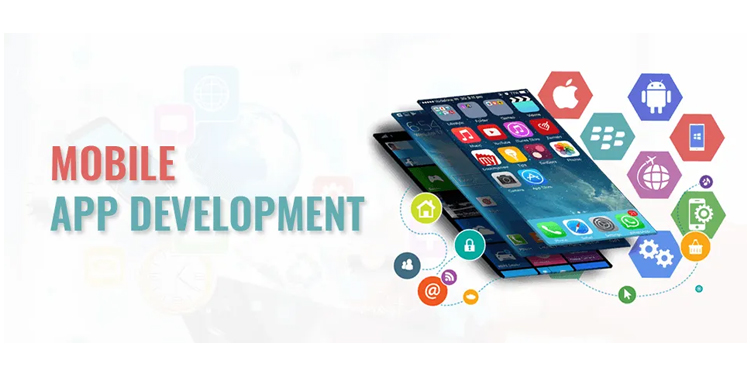



In the fast-paced world of digital technology, mobile applications have become ubiquitous, transforming how we interact with information, services, and entertainment. These apps, designed to run on smartphones and tablets, have evolved significantly since their inception, becoming indispensable tools in both personal and professional spheres.
Definition and Evolution
Mobile applications, often referred to simply as “apps,” are software programs specifically developed to operate on mobile devices. They leverage the unique features of smartphones, such as touchscreens, GPS, and accelerometers, to deliver tailored experiences to users. The concept of mobile apps dates back to the early 2000s when the first smartphones emerged, but their popularity soared with the introduction of app stores like Apple’s App Store and Google Play.
Importance in Modern Technology
The importance of mobile applications in modern technology cannot be overstated. They facilitate seamless communication, streamline productivity, provide entertainment, and enable access to essential services from banking to healthcare. Businesses leverage mobile apps to enhance customer engagement and expand their market reach. Moreover, mobile apps play a crucial role in the digital transformation of industries worldwide, driving innovation and efficiency.
Understanding the different types of mobile applications is essential for developers and users alike, as each type serves distinct purposes and offers unique advantages.
Native Apps
Native apps are developed for a specific mobile operating system (OS) such as iOS or Android. They are written in platform-specific languages like Swift or Objective-C for iOS and Java or Kotlin for Android. Native apps are known for their high performance and ability to utilize device-specific hardware and software features optimally.
Web Apps
Web apps are accessed through a web browser and do not require installation from an app store. They are typically developed using web technologies like HTML5, CSS, and JavaScript. Web apps are cross-platform by nature, making them easier to maintain and update compared to native apps. However, they may have limitations in terms of performance and access to device functionalities.
Hybrid Apps
Hybrid apps combine elements of both native and web apps. They are developed using web technologies but are wrapped within a native app shell, allowing them to be distributed through app stores and access device features. Frameworks like React Native and Flutter enable developers to build hybrid apps that offer a balance between performance and development efficiency.
Building a successful mobile application requires careful consideration of its key components, which collectively determine its functionality, usability, and performance.
User Interface (UI) Design
UI design focuses on creating intuitive and visually appealing interfaces that enhance user experience (UX). It involves designing layouts, navigation patterns, and interactive elements to ensure usability across different device sizes and resolutions. Effective UI design incorporates principles of aesthetics, usability, and accessibility to engage users and guide them seamlessly through the app’s functionalities.
Backend Server
The backend of a mobile app comprises servers, databases, and application logic that handle data processing, storage, and retrieval. It acts as the backbone of the app, facilitating communication between the user interface and external resources such as databases, APIs, and third-party services. Backend development involves selecting appropriate server-side technologies, implementing robust APIs, and ensuring scalability and security to support the app’s operations effectively.
Database Management
Database management in mobile apps involves storing, organizing, and retrieving data efficiently to support app functionalities and user interactions. Developers choose between relational databases (SQL) and non-relational databases (NoSQL) based on the app’s data structure and scalability requirements. Proper data modeling, synchronization mechanisms, and data encryption practices are essential to maintain data integrity, security, and compliance with privacy regulations.
The technological stack used in mobile app development encompasses the programming languages, frameworks, and tools that developers leverage to build, test, and deploy applications across different platforms.
Programming Languages
Programming languages play a crucial role in determining the performance, scalability, and maintainability of mobile apps. For native iOS development, developers primarily use Swift or Objective-C, while Android apps are typically written in Java or Kotlin. Each language has its strengths and is selected based on developer expertise, platform requirements, and project goals.
Frameworks and Libraries
Frameworks and libraries streamline mobile app development by providing pre-built components, modules, and tools that expedite common tasks such as UI design, data management, and integration with external services. Popular frameworks like React Native, Flutter, and Xamarin enable developers to build cross-platform apps using a single codebase, reducing development time and effort while maintaining native-like performance and user experience.
Expanding on these components and their importance in mobile app development illuminates the intricate process behind creating seamless, functional, and engaging applications that drive innovation and cater to diverse user needs. Each aspect contributes to the overall success and usability of mobile apps, making them indispensable tools in our interconnected digital world.

Turning Dreams into Reality,
One Step at a Time